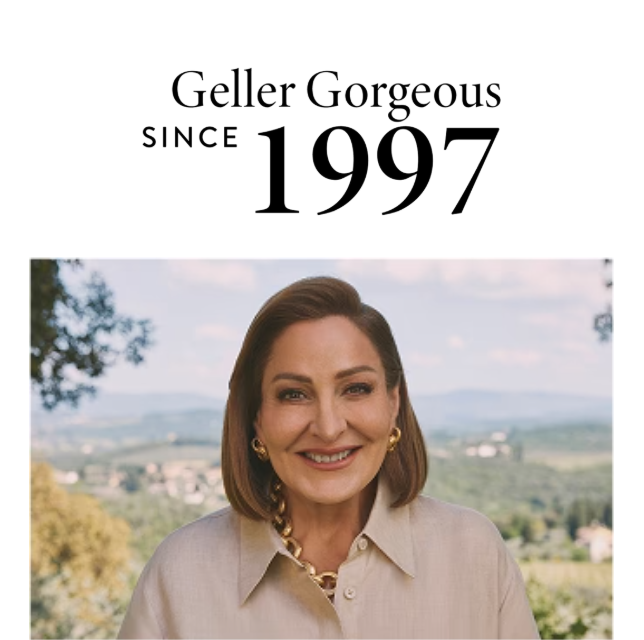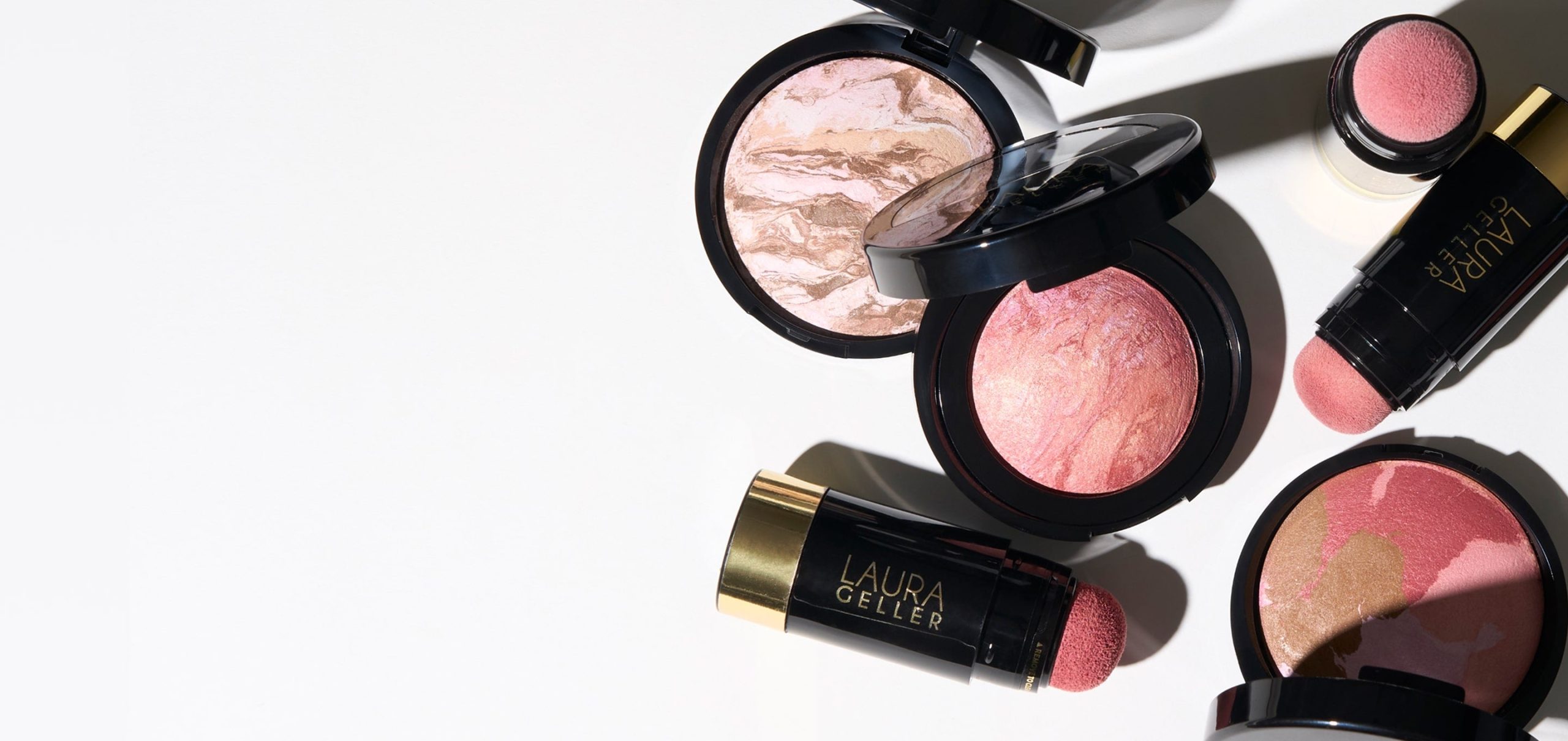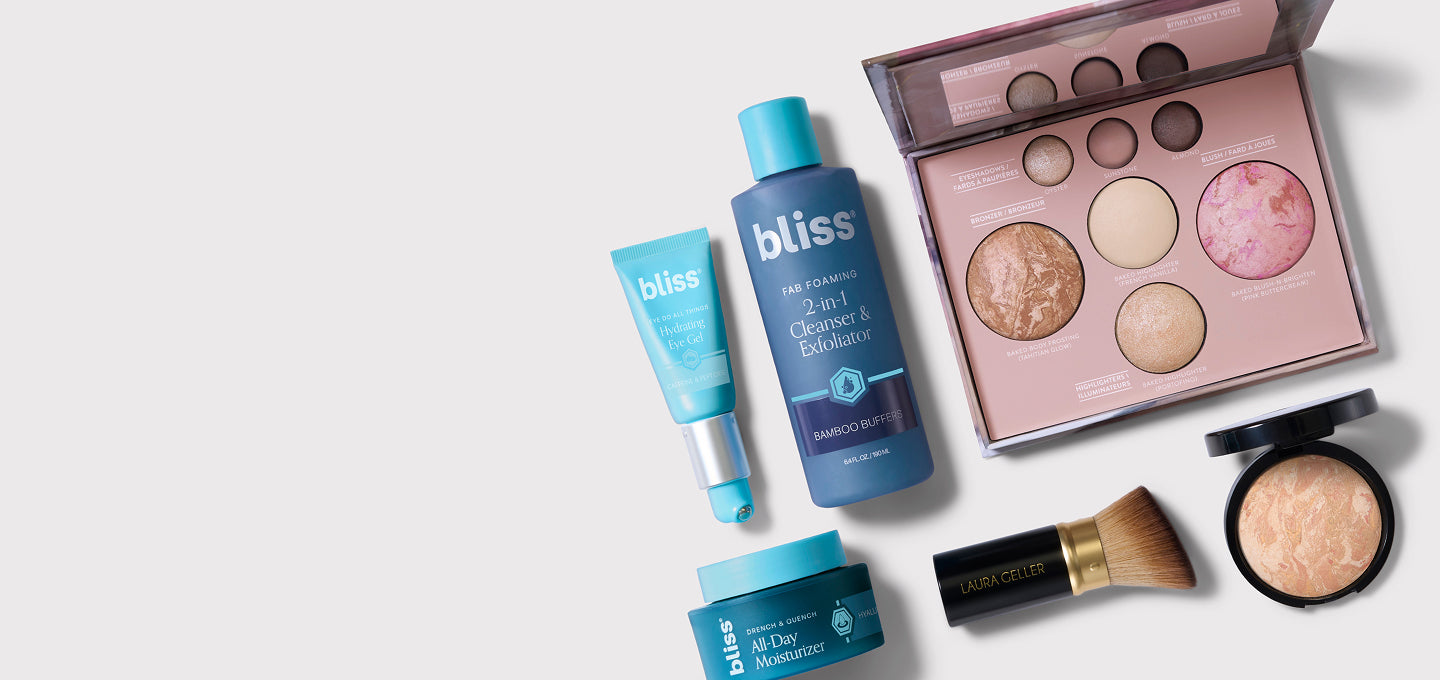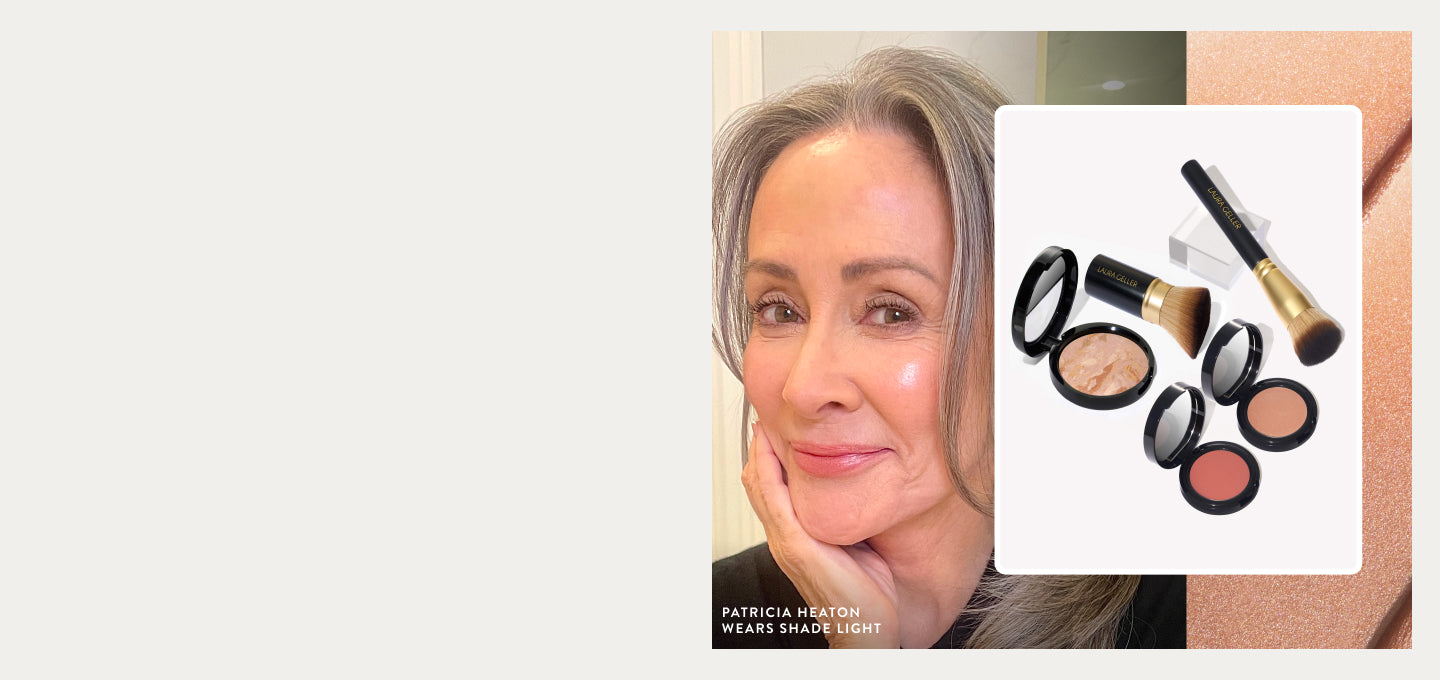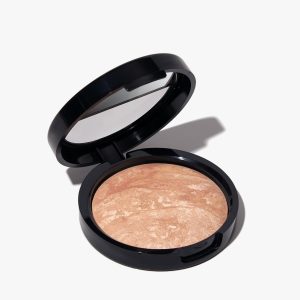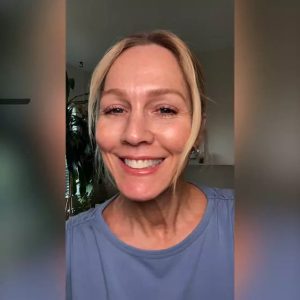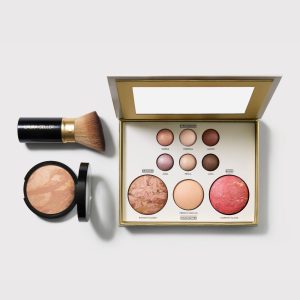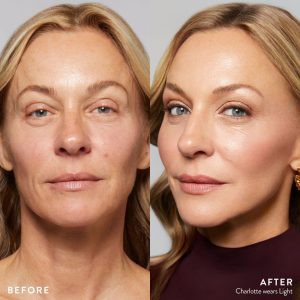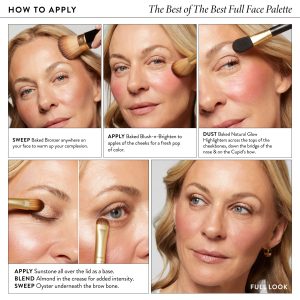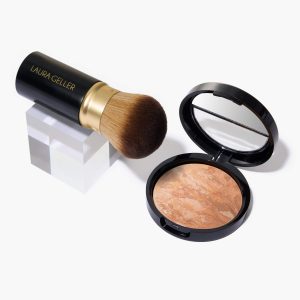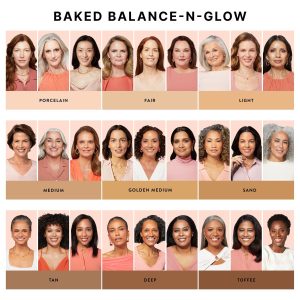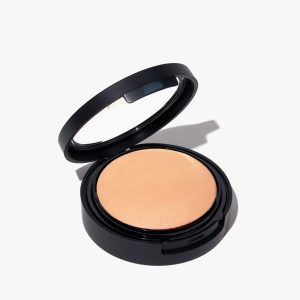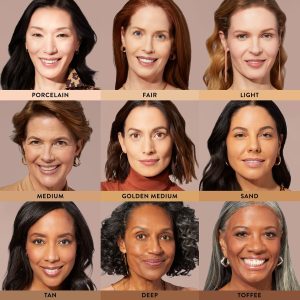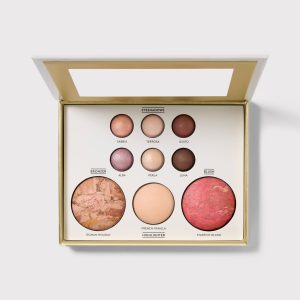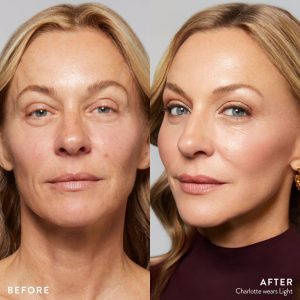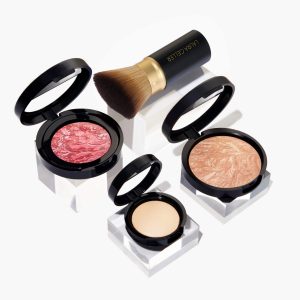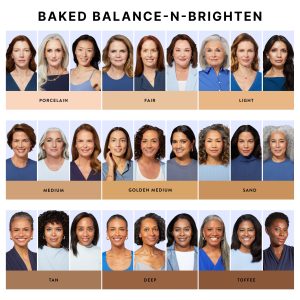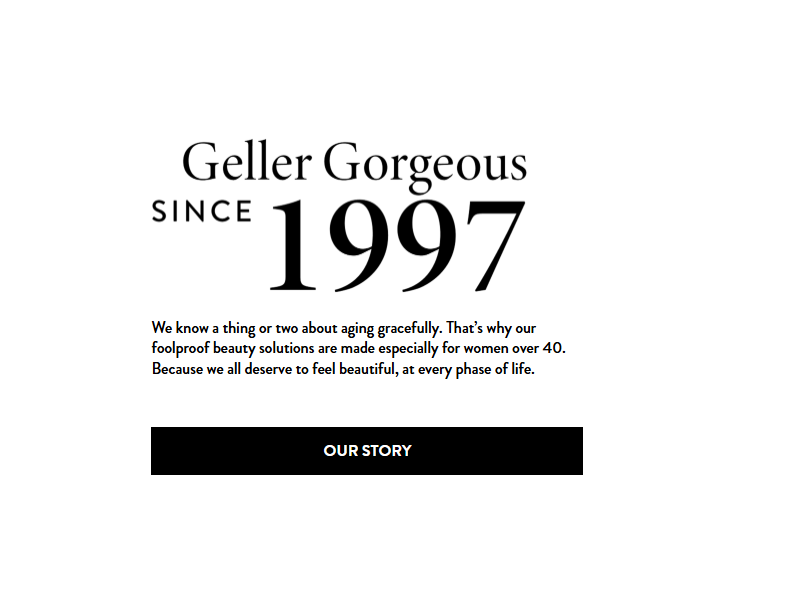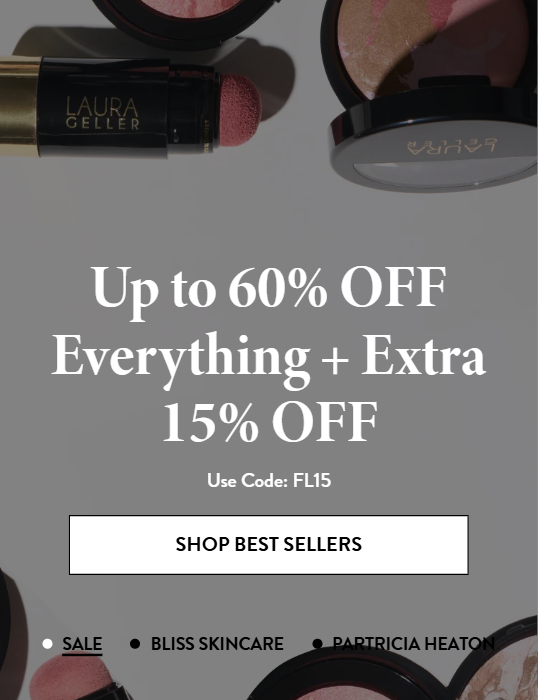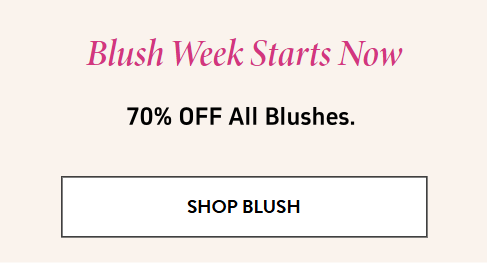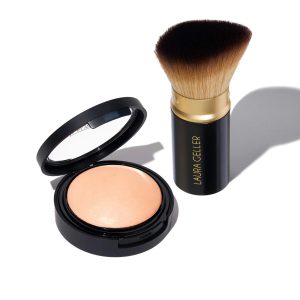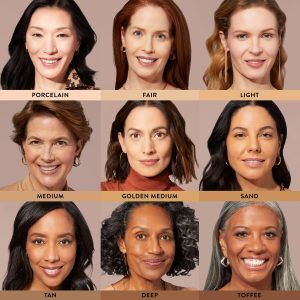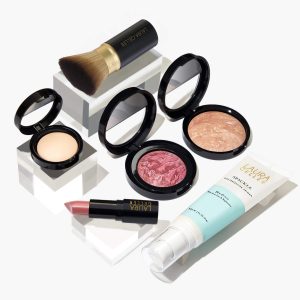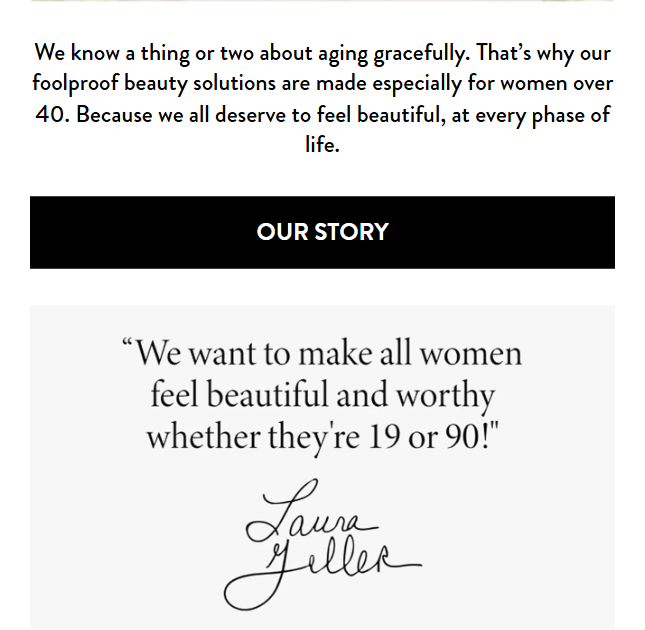The Intricate World of Cosmetics: Beyond Surface Beauty
Cosmetics have been an integral part of human culture for millennia, evolving from simple mixtures of natural ingredients to complex formulallennia, evolving from simple mixtures of natural ingredients to complex formulations that blend science, art, and technology. What began as a means to enhance features or signify status has transformed into a global phenomenon that touches nearly every aspect of daily life. Today, the act of applying cosmetics is more than a routine—it’s a form of self-care, a creative outlet, and a way to navigate the world with confidence.
At the heart of every cosmetic product lies a careful balance of ingredients, each chosen for its specific role. From emollients that lock in moisture to active compounds that target specific skin concerns, the science behind these formulations is both fascinating and ever-evolving. Researchers spend years studying the properties of natural extracts, synthetic molecules, and botanical oils to create products that are not only effective but also safe for long-term use. This dedication to innovation has led to breakthroughs in areas such as anti-aging, sun protection, and skin hydration, offering consumers solutions that were once unimaginable.
One of the most significant shifts in the cosmetics industry in recent decades has been the growing emphasis on clean beauty. This movement, driven by consumer demand for transparency and safety, has pushed brands to reevaluate their ingredient lists and manufacturing processes. Products labeled as “clean” often avoid harmful chemicals such as parabens, sulfates, and phthalates, instead opting for plant-based ingredients and sustainable sourcing practices. This shift hasn’t just been about avoiding certain substances, though—it’s about embracing a holistic approach to beauty that considers the health of both the individual and the planet.
The rise of clean beauty has also sparked a greater interest in natural ingredients. Many consumers now seek out products containing ingredients like aloe vera, which soothes irritated skin; green tea extract, known for its antioxidant properties; and hyaluronic acid, a molecule that can hold up to 1000 times its weight in water, making it a powerful hydrator. These natural components are often combined with advanced scientific formulations to create products that deliver visible results without compromising on safety. For example, some serums use a blend of vitamin C, a natural antioxidant, and stabilized retinol, a derivative of vitamin A, to reduce the appearance of fine lines and brighten the skin.
Another key aspect of the cosmetics world is the diversity of products available to address different skin types and concerns. Whether you have dry, oily, combination, or sensitive skin, there’s a formulation designed to meet your needs. Moisturizers, for instance, come in various forms—creams, lotions, gels, and oils—each tailored to provide the right level of hydration without causing greasiness or irritation. Similarly, foundations and concealers are now available in a wide range of shades and finishes, ensuring that people of all skin tones can find products that match their complexion seamlessly.
The application of cosmetics is also an art form in itself. For many, the process of applying makeup is a ritual that allows for creativity and self-expression. A bold lipstick can make a statement, while a subtle eyeshadow can enhance one’s natural beauty. Makeup artists, both professional and amateur, experiment with colors, textures, and techniques to create looks that range from natural and understated to dramatic and avant-garde. Social media platforms have played a significant role in this creative revolution, with tutorials and beauty influencers sharing tips and tricks that inspire people to try new styles and products.
Beyond aesthetics, cosmetics can have a profound impact on one’s mental well-being. Studies have shown that taking the time to care for one’s appearance can boost self-confidence and improve mood. The act of applying a face mask or a luxurious moisturizer can be a form of self-care, providing a moment of relaxation in a busy day. For some, cosmetics also serve as a tool to cope with insecurities. A person struggling with acne might use concealer to feel more comfortable in social situations, while someone dealing with hair loss might turn to hair products to restore their sense of self.
The cosmetics industry is also constantly adapting to changing societal trends and values. In recent years, there has been a growing focus on inclusivity and diversity. Brands are now more likely to feature models of different ages, sizes, ethnicities, and genders in their advertising, reflecting the diverse range of consumers who use their products. This shift has not only made the beauty world more representative but has also helped to challenge traditional beauty standards, encouraging people to embrace their unique features.
Sustainability is another important trend shaping the cosmetics industry. As consumers become more environmentally conscious, brands are taking steps to reduce their carbon footprint. This includes using recyclable or biodegradable packaging, sourcing ingredients from sustainable suppliers, and implementing eco-friendly manufacturing processes. Some companies are even developing products that are refillable, allowing consumers to reduce waste by reusing the same container multiple times. Additionally, many brands are now transparent about their supply chains, ensuring that ingredients are sourced ethically and that workers are treated fairly.
The future of cosmetics looks promising, with ongoing advancements in technology and science set to revolutionize the industry further. Nanotechnology, for example, is being used to create smaller particles that can penetrate the skin more deeply, delivering active ingredients where they’re needed most. Artificial intelligence is also playing a role, with some brands using AI-powered tools to analyze a person’s skin and recommend personalized products. These innovations have the potential to make cosmetics more effective, efficient, and tailored to individual needs.
In conclusion, the world of cosmetics is a complex and dynamic field that combines science, art, and culture. From the careful selection of ingredients to the diverse range of products available, cosmetics have the power to enhance beauty, boost confidence, and promote self-care. As the industry continues to evolve, it’s clear that the focus will remain on creating products that are safe, effective, inclusive, and sustainable. Whether you’re a makeup enthusiast or someone who prefers a more natural look, there’s no denying the impact that cosmetics have on our daily lives and our sense of self.
Cosmetics and the Art of Self-Expression: A Journey Through Time and Trends
Cosmetics have long been more than mere tools for enhancing physical appearance; they are a language of self-expression, a reflection of cultural values, and a testament to human creativity. From ancient civilizations to the modern era, the use of cosmetics has evolved alongside society, adapting to changing beliefs, technologies, and artistic movements. This journey through time reveals not just how we’ve changed the way we look, but also how we’ve used beauty to communicate who we are and what we stand for.
The roots of cosmetics can be traced back thousands of years, with evidence of their use in ancient cultures across the globe. In some of the earliest civilizations, cosmetics were closely linked to religion and spirituality. For example, certain pigments were used in religious ceremonies to honor deities or to mark important life events. These early formulations were often made from natural materials such as minerals, plants, and even insects. Over time, the use of cosmetics expanded beyond religious rituals to include social and cultural contexts. Members of royalty and the elite would use specific colors and products to signify their status, while common people might use simpler formulations for everyday wear.
As societies became more complex, so too did the role of cosmetics. In some cultures, cosmetics were used to convey messages about one’s age, marital status, or occupation. For instance, certain hairstyles or makeup looks might indicate that a person was married, while others could signal that they were part of a particular trade or profession. This use of cosmetics as a form of social communication highlights their importance in helping individuals navigate their social environments and connect with others.
The Middle Ages saw a shift in attitudes toward cosmetics, with some religious institutions viewing them as a form of vanity or deception. Despite this, the use of cosmetics persisted, often in more subtle forms. Women might use natural ingredients to lighten their skin, as pale complexions were associated with wealth and nobility (since they indicated that a person did not have to work outdoors). Herbs and flowers were also used to create perfumes, which were valued not just for their scent but also for their perceived ability to ward off illness.
The Renaissance period marked a revival of interest in beauty and aesthetics, and cosmetics once again became a prominent part of daily life. Artists and scholars of the time celebrated the human form, and this appreciation extended to personal appearance. Women used lead-based powders to achieve a pale complexion, a trend that persisted despite the known health risks. Lipsticks and rouge were also popular, with formulations made from ingredients like beeswax, plant dyes, and even crushed gemstones for a subtle sparkle. The use of cosmetics during this period was closely tied to the ideals of beauty portrayed in art, with women seeking to emulate the flawless complexions and delicate features of the subjects in paintings.
The 20th century brought significant changes to the cosmetics industry, driven by advancements in technology, the rise of mass media, and shifting social norms. The early 1900s saw the introduction of new products such as mascara and liquid foundation, which made it easier for women to achieve a polished look. Hollywood played a major role in popularizing certain beauty trends, with movie stars becoming style icons whose makeup looks were copied by women around the world. For example, the bold red lipstick worn by many actresses in the 1940s became a symbol of glamour and confidence, and it remains a classic look to this day.
The latter half of the 20th century saw even more diversification in the cosmetics world. The 1960s, with its focus on youth and rebellion, brought about bold makeup looks—think heavy eyeliner, bright eyeshadows, and pale lips—that reflected the era’s countercultural movement. The 1970s embraced a more natural look, with an emphasis on healthy, glowing skin and minimal makeup. The 1980s, on the other hand, were all about excess, with bold colors, heavy foundation, and dramatic eye makeup dominating the beauty scene. These trends were not just about aesthetics; they were a reflection of the social and political climate of the time, with women using makeup to express their independence and challenge traditional gender roles.
In the 21st century, the cosmetics industry has become more diverse and inclusive than ever before. The rise of social media has given a platform to a wide range of voices, from beauty influencers to everyday consumers, who are challenging traditional beauty standards and advocating for greater representation. This has led to a shift toward more inclusive product ranges, with brands offering a wider variety of shades for foundations and concealers, as well as products designed for different skin types and concerns.
One of the most significant trends in recent years is the blurring of gender lines in cosmetics. Historically, cosmetics were marketed primarily to women, but today, there’s a growing recognition that beauty is not limited by gender. More and more brands are launching gender-neutral product lines, and men are increasingly embracing cosmetics as a way to enhance their appearance and express themselves. This shift reflects a broader societal move toward accepting and celebrating diversity in all its forms.
Another key trend is the focus on skincare as self-care. In the past, cosmetics were often associated with masking or covering up one’s natural features, but today, many people view skincare as a way to nourish and care for their skin. This has led to a surge in popularity of products like serums, face masks, and facial oils, which are designed to improve the health and appearance of the skin from the inside out. The act of following a skincare routine has become a ritual for many, providing a moment of relaxation and mindfulness in a busy world.
The rise of DIY cosmetics is also a notable trend, with more people experimenting with making their own beauty products using natural ingredients. This movement is driven by a desire for transparency and control over what goes into one’s skincare and makeup. From homemade face masks using avocado and honey to DIY lip balms made with beeswax and essential oils, these projects allow individuals to customize their products to suit their specific needs and preferences. They also foster a greater connection to the ingredients and the process of creating, making beauty a more personal and meaningful experience.
Cosmetics have also become a tool for activism and social change. Many brands are now using their platforms to raise awareness about important issues, such as environmental sustainability, mental health, and social justice. For example, some companies donate a portion of their profits to organizations that support these causes, while others use their advertising campaigns to promote messages of inclusivity and acceptance. Consumers are increasingly choosing to support brands that align with their values, using their purchasing power to drive positive change in the industry.
Looking to the future, it’s clear that the cosmetics industry will continue to evolve, driven by innovation, changing consumer demands, and a growing focus on sustainability and inclusivity. Advances in technology, such as 3D printing and biotech, may lead to even more personalized products, tailored to an individual’s unique skin chemistry and preferences. The use of artificial intelligence could also revolutionize the way we discover and purchase cosmetics, with AI-powered tools offering personalized recommendations based on skin type, lifestyle, and beauty goals.
In conclusion, cosmetics have come a long way from their ancient origins, evolving into a powerful form of self-expression and a reflection of our changing society. They are no longer just about looking good; they’re about feeling good, connecting with others, and expressing our unique identities. As we continue to explore new formulations, trends, and technologies, one thing remains constant: the role of cosmetics in helping us navigate the world with confidence, creativity, and authenticity. Whether we’re experimenting with a bold new lipstick or sticking to a simple skincare routine, cosmetics will always be a part of our journey toward self-discovery and self-expression.


